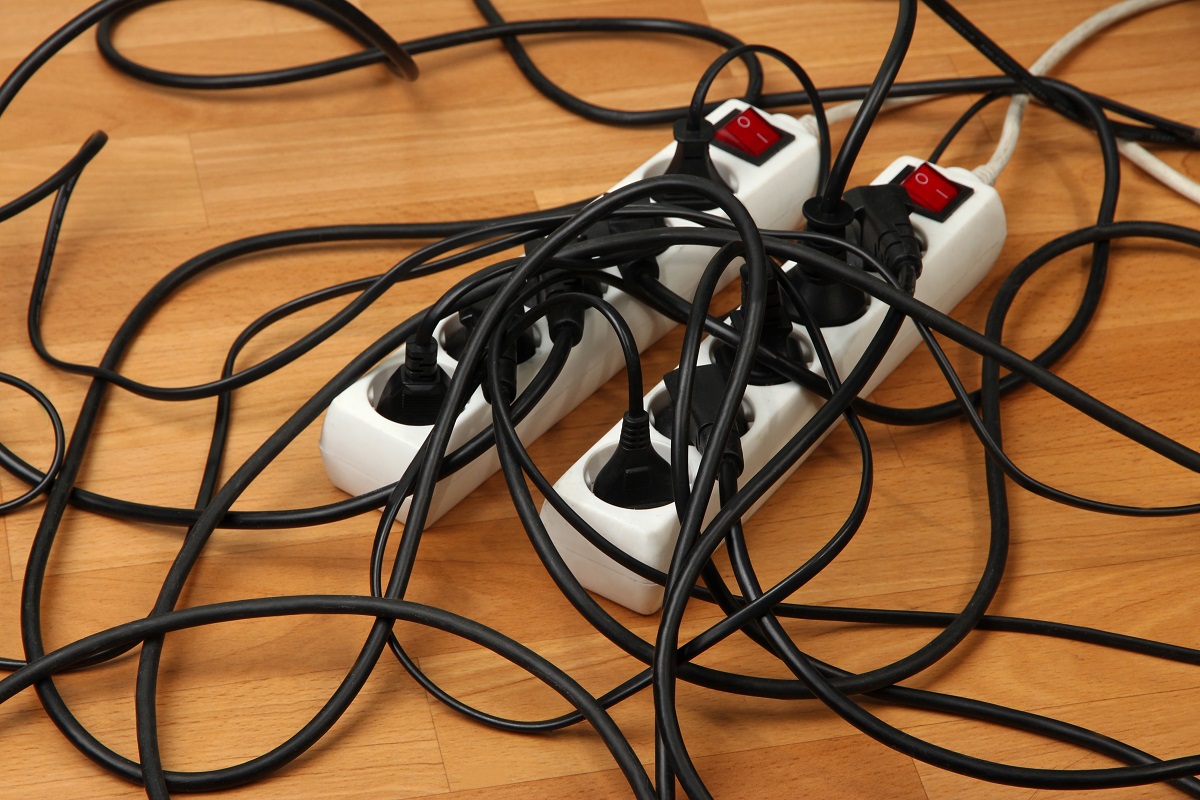We may be faced with a pandemic, but the spirit of Christmas isn’t going anywhere. Many of us are still eager to festoon our homes with statement Christmas decorations, such as trees, wreaths, garlands, and of course, holiday lights.
But behind the glamour of pretty holiday lights are the electrical hazards. Young children and pets might see them as toys, causing them to chew on the cords. As a parent of a child, a furbaby, or both, our biggest nightmare is to find them injured from an electric shock.
Hence, before the Christmas season comes, note these safety measures to keep your kids and pets safe from a potential electric shock:
1. Cover All Outlets
Covering outlets works in both baby- and pet-proofing your electronics. There are currently fifteen different types of outlets around the world, so consulting a reputable specialty electronic part seller is essential before choosing a cover.
But the most common types used in homes are the “B” outlet types, namely GFCI and AFCI. GFCI stands for Ground-fault Circuit Interrupter, which has three prongs and two buttons, one labeled “Reset” and the other “Test.” This outlet is an ideal type for homes because of its safety features.
AFCI, on the other hand, stands for Arc Fault Circuit Interrupter. It has a similar purpose to GFCI, which is to reduce the risks of electric shocks. Still, any outlet must be considered dangerous if you have a kid or a pet, so covering them is essential.
2. Cover Electrical Cords
You can cover the cords, shorten them, strap them down, or wrap them together. You can also purchase a cord protector, which will keep your baby’s teeth from sinking into the cord itself. However, it may not be enough to protect against a pup’s sharp teeth, so either spray the protector with a bitter no-chew spray or choose a spiral cord wrap, which is tougher than their sharp teeth.

3. Make Some Considerations Before Buying Electronic Toys
You may be thinking of gifting your kid with an electronic toy for Christmas, but their safety might be compromised in turn. But this doesn’t mean you should entirely opt out of buying them such gifts. You may still purchase them as long as they are “UL Approved,” an indication that the Underwriters Laboratories have inspected the toys’ safety and quality.
The American Academy of Pediatrics advises against buying toys with button batteries and high-powered magnets since they can be choking hazards.
4. Know Some First-aid Electric Shock Treatments
Approximately seven children, 89% of them being below six years old, are rushed to the ER every day due to an electricity-related injury. That may not be a lot, but it’s still important to know how to give a first-aid treatment to an electrocuted child.
Lift a live wire away from a child or pet using a non-conductive object. Move the child or pet as little as possible, because the electric shock might’ve injured their spine. Check your child’s breathing, pulse, skin color, and responsiveness. If they’re not breathing, begin CPR and have someone call an ambulance.
For pets, give them CPR as well if they lost consciousness. Check for signs of a seizure, and avoid holding them tight because it may stress them out. Apply ice to the burned area, and take them to the emergency vet immediately.
Remember to keep your holiday lights up high, with their cords and outlets covered this Christmas. Your holidays will only be perfect if your family is completely safe. Don’t risk an injury or fatality by downplaying electrical hazards.


